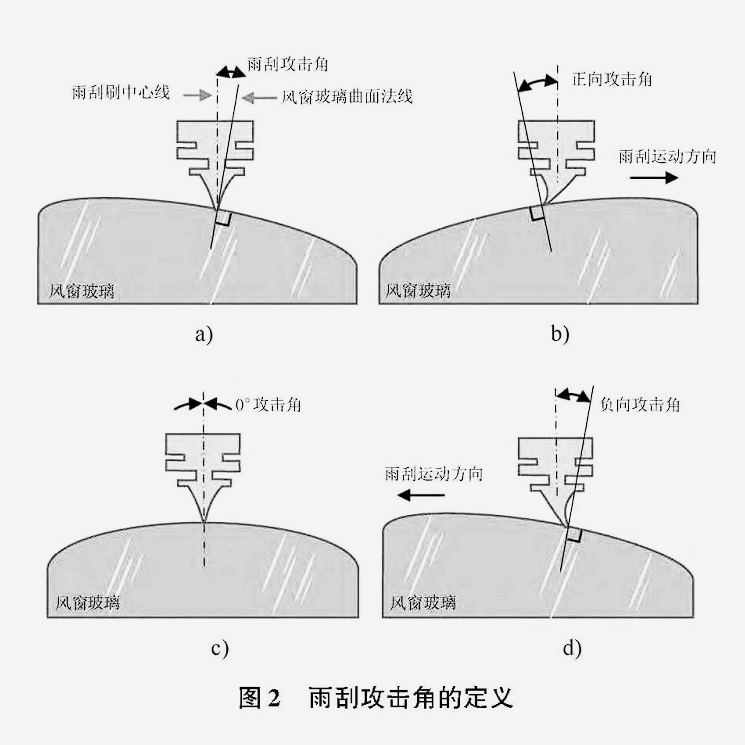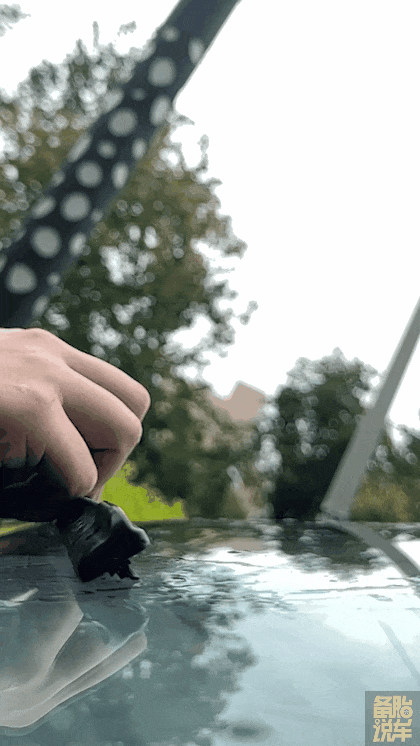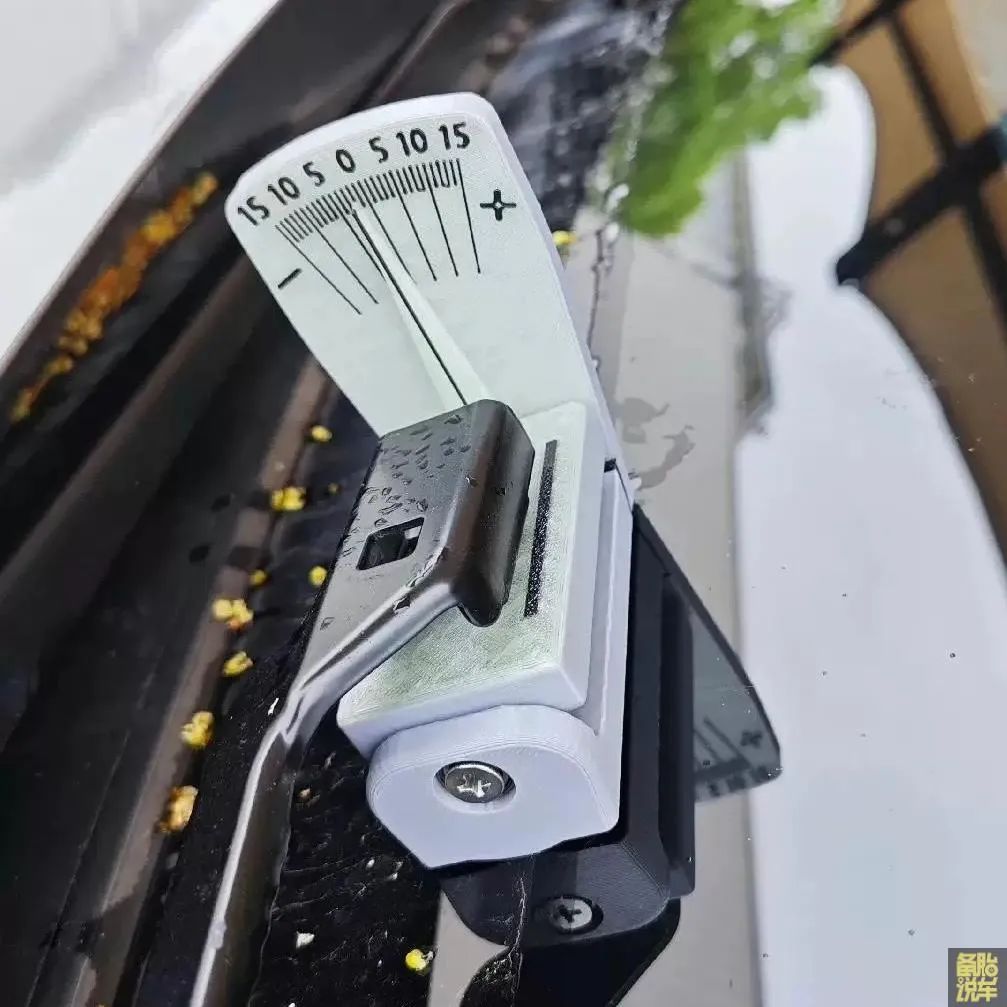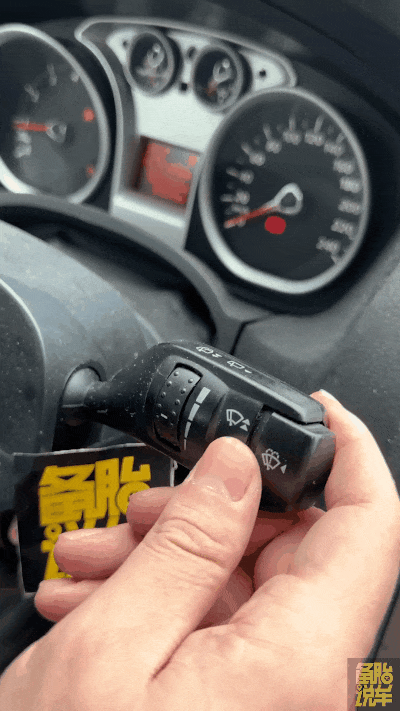Introduction: Windshield wipers are a critical component for safe driving, especially during rainy or snowy weather. However, many drivers encounter issues like squeaking, streaking, or incomplete wiping shortly after installing new wipers. This guide will walk you through common problems, troubleshooting steps, and practical solutions to help you maintain clear visibility and extend the lifespan of your wiper blades.
1. Wiper Arm Deformation: A Hidden Culprit
1.1 How Wiper Arm Alignment Affects Performance
Wiper arms can bend over time due to exposure to harsh weather conditions or physical stress. When misaligned, the wiper blade’s attack angle (the angle between the blade and the windshield) deviates from the ideal 6° range. This misalignment leads to uneven pressure distribution, causing:
- Squeaking sounds due to increased friction.
- Streaks or missed spots due to poor blade contact with the windshield.
1.2 DIY Fix for Bent Wiper Arms
Follow these steps to adjust a bent wiper arm:
- Step 1: Start the vehicle and activate the wipers. Turn off the engine when the wipers reach the middle of the windshield to freeze their position.
- Step 2: Gently lift the wiper arm and remove the blade. Caution: Avoid dropping the arm onto the windshield, as this can crack the glass.
- Step 3: Inspect the arm’s contact surface with the windshield. Use a screwdriver or wrench to adjust the arm until it lies flat against the glass. Test repeatedly until the blade makes full contact without gaps.
Pro Tip: If you’re unsure about adjusting the wiper arm yourself, consult a mechanic. Improper adjustments can damage the arm or windshield.
2. Other Mechanical Issues
2.1 Reduced Wiper Arm Pressure
Older vehicles (10+ years) often experience weakened spring tension in wiper arms. This reduces downward pressure, leading to:
- Incomplete wiping of the windshield.
- Water trails remaining after wiping.
Solution: Replace the original wiper with a shorter blade (1–2 inches smaller) to increase pressure per unit area.
2.2 Loose Wiper Pivot Joints
Check the wiper arm’s pivot joint (where it connects to the motor). If it wobbles:
- Tighten the joint using a socket wrench.
- Replace worn components if necessary.

3. Windshield Contamination: The Silent Saboteur
3.1 Oil or Wax Residue
Pollution, road grime, or wax treatments can create an invisible oil film on windshields. Symptoms include:
- Blurry patches after wiping.
- Squeaky blades due to increased friction.
Cleaning Methods:
- Mild residue: Scrub the glass with toothpaste or a newspaper.
- Stubborn buildup: Use a commercial glass cleaner or degreaser.
Warning: Avoid scrubbing the wiper rubber directly. The black residue on blades is often a lubricating graphite coating—removing it increases friction and noise.
3.2 Damaged Windshield Coating
Some wipers leave behind a hydrophobic coating. If streaks persist after cleaning:
- Remove residual coating with a clay bar or polishing compound.

4. When to Replace Wiper Blades
4.1 Signs of Wear
Look for these signs to determine if it’s time to replace your wiper blades:
- Cracked or hardened rubber: Common in hot climates (e.g., 7 months in desert regions).
- Fading or whitening: Indicates UV damage, especially in humid areas.
- Metal fatigue: Bent or loose wiper frames reduce pressure distribution.
4.2 Replacement Frequency
- Standard recommendation: Replace every 6–12 months.
- Extreme climates: Replace every 3–6 months.
Note: Even unused blades degrade due to ozone and temperature changes.

5. Choosing the Right Wiper Blades
5.1 Key Selection Criteria
- Size: Match the vehicle’s specifications. Oversized blades reduce pressure.
- Material:
- Natural rubber: Affordable but less durable.
- Silicon: Longer lifespan and quieter operation.
- Brands:
- Bosch: Quiet operation but may leave minor streaks.
- Continental (German Brand): Superior fit and minimal noise.
5.2 Cost-Saving Tips
- Replace rubber refills: Some blades allow replacing just the rubber strip for 50–70% cost savings.
- Avoid dealership markup: DIY installation takes <10 minutes with online tutorials.

6. Maintenance Best Practices
6.1 Daily Care
- Wipe blades with a damp cloth during refueling to remove debris.
- Never run wipers on a dry windshield—use washer fluid first.
6.2 Seasonal Precautions
- Winter: Lift wipers overnight to prevent ice adhesion.
- Summer: Park in shade to slow rubber degradation.

Conclusion
Understanding wiper mechanics and maintenance is crucial for ensuring clearer visibility and safer driving. Address alignment issues and contamination before replacing blades, and prioritize quality replacements for long-term performance. For more tutorials, explore our guides on troubleshooting car components or optimizing seasonal maintenance.
References
- Zhang Y., Wu X., Lu S. (2022). Factors Influencing Wiper System Performance. China Automotive Journal.
- Han F., Zhou Z. (2018). 3DCS-Based Tolerance Analysis of Wiper Attack Angles. SAE Technical Paper.
- Yu X., Wang Y., Gao Z. (2022). Relationship Between Wiper Coating Microstructure and Performance. China Measurement & Test.
- Wang J. (2018). Aging Behavior of Automotive Components in Natural Environments. Guangdong University of Technology.
- Technical Data from Windshield Wiper Manufacturers (Websites 1–19).
